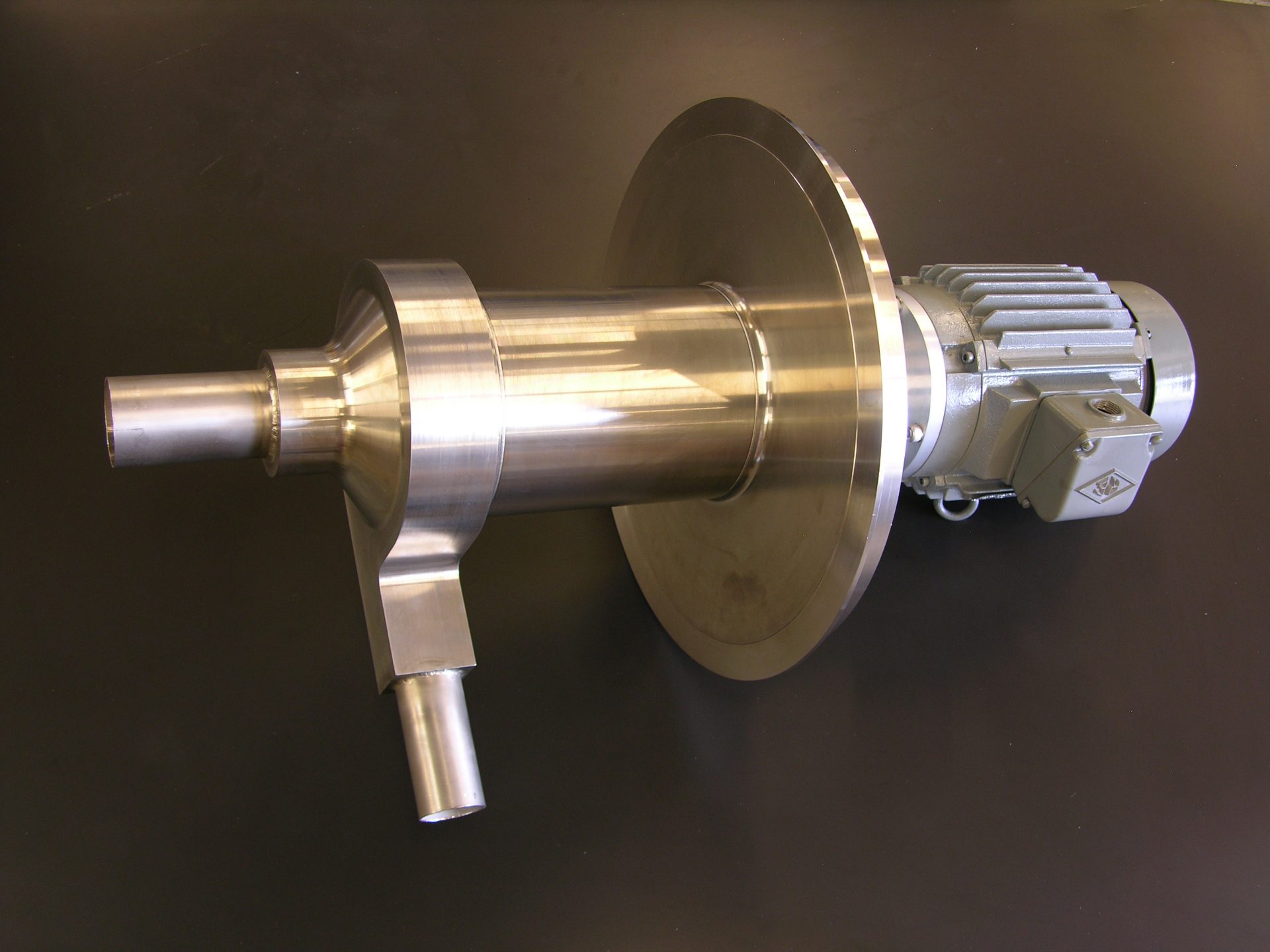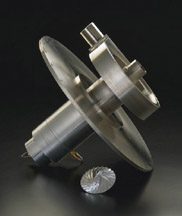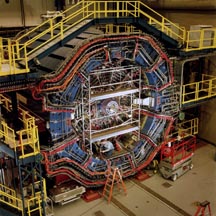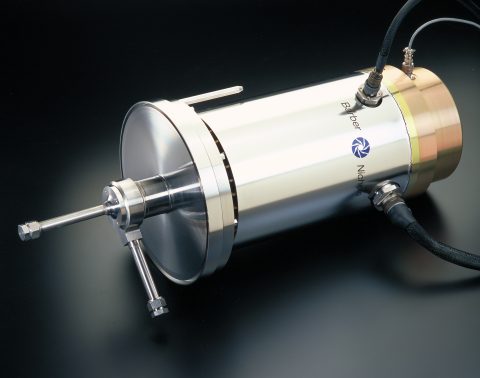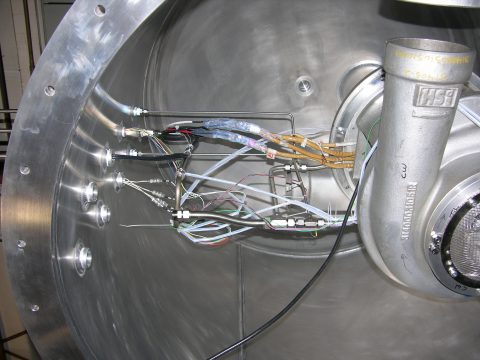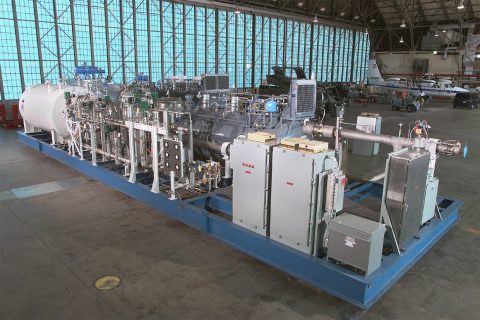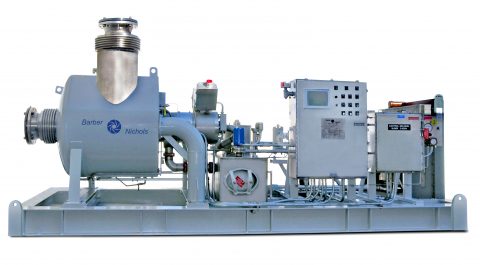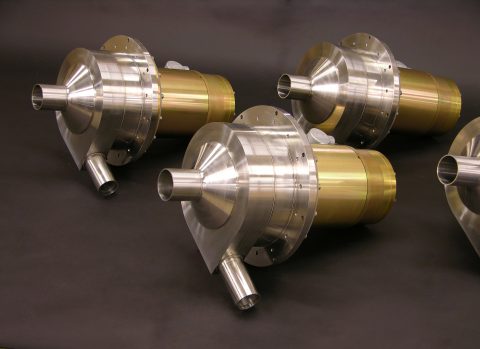Barber-Nichols (BN) is the world leader in the design and production of centrifugal, hermetic cryogenic gas circulators. BN builds circulators that process hydrogen, nitrogen, natural gas, helium, and more at temperatures down to 5 K (-450 °F). Hermetic designs are extremely desirable for cryogenic applications because they eliminate the need for mechanical shaft seals and as a result, completely eliminate cryogen leakage. Additionally, hermetic compressors eliminate air infiltration and are inherently explosion-proof.
- High-speed designs and the use of variable frequency drives result in efficient operation across a wide variety of head/flow conditions.
- Single-shaft, direct-drive designs are highly reliable due to their simplicity and are extremely stable throughout their entire operating range.
- Low vapor pressure, rolling element, and grease-packed or proprietary dry lubricated bearings provide long-term, reliable service without contaminating the process fluid.
- Gas (foil) bearings utilize the cryogen to rotate on a gas film and allow a very high-speed operation to maximize efficiency and greatly increase life.
- Friction-free magnetic bearings eliminate wear items and allow machines to operate at extremely high speeds for many years without maintenance.
- User-friendly designs allow the compressor to be serviced without breaking the cold box vacuum.

